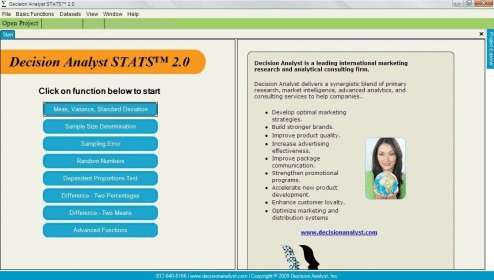- Cellprofiler Analyst Download
- Cellprofiler Analyst
- Cellprofiler Analyst Installation Error
- Cellprofiler Analyst Classifier
- Cellprofiler Analyst Properties File
CellProfiler Analyst allows the exploration and visualization of image-based data, together with the classification of complex biological phenotypes, via an interactive user interface designed for biologists and data scientists. CellProfiler Analyst (CPA) allows interactive exploration and analysis of data, particularly from high-throughput, image-based experiments. Included is a supervised machine learning system which can be trained to recognize complicated and subtle phenotypes, for automatic scoring of millions of cells.
- In CellProfiler Analyst 2.0, Classifier can perform cell and field-of-view-level classification of multiple phenotypes (multi-class) using popular models like Random Forest, SVM and AdaBoost from the high performance machine learning library scikit-learn (Pedregosa et al., 2011), which yields a ∼200-fold improvement in speed (Supplementary.
- The CellProfiler Analyst Interface; V. Classifier; VII. Image Viewer; VIII. Plate Viewer; IX. Scatter Plot; X. Histogram Plot; XI. Density Plot; XII. Table Viewer; XII. Workspaces; XIV. Image Gallery; XV. Normalization Tool.
Cellprofiler Analyst Download
This module must be run at the end of a pipeline, or second to last if you are using the CreateBatchFiles module. If you forget this module, you can also run the ExportDatabase data tool after processing is complete; its functionality is the same.

The database is set up with two primary tables. These tables are the Per_Image table and the Per_Object table (which may have a prefix if you specify):
- The Per_Image table consists of all the per-image measurements made during the pipeline, plus per-image population statistics (such as mean, median, and standard deviation) of the object measurements. There is one per_image row for every 'cycle' that CellProfiler processes (a cycle is usually a single field of view, and a single cycle usually contains several image files, each representing a different channel of the same field of view).
- The Per_Object table contains all the measurements for individual objects. There is one row of object measurements per object identified. The two tables are connected with the primary key column ImageNumber, which indicates the image to which each object belongs. The Per_Object table has another primary key called ObjectNumber, which is unique to each image.
Typically, if multiple types of objects are identified and measured in a pipeline, the numbers of those objects are equal to each other. For example, in most pipelines, each nucleus has exactly one cytoplasm, so the first row of the Per-Object table contains all of the information about object #1, including both nucleus- and cytoplasm-related measurements. If this one-to-one correspondence is not the case for all objects in the pipeline (for example, if dozens of speckles are identified and measured for each nucleus), then you must configure ExportToDatabase to export only objects that maintain the one-to-one correspondence (for example, export only Nucleus and Cytoplasm, but omit Speckles).

If you have extracted 'Plate' and 'Well' metadata from image filenames or loaded 'Plate' and 'Well' metadata via the Metadata or LoadData modules, you can ask CellProfiler to create a 'Per_Well' table, which aggregates object measurements across wells. This option will output a SQL file (regardless of whether you choose to write directly to the database) that can be used to create the Per_Well table. At the secure shell where you normally log in to MySQL, type the following, replacing the italics with references to your database and files:
Cellprofiler Analyst

mysql -h hostname -u username -p databasename < pathtohttp://d1zymp9ayga15t.cloudfront.net/images/perwellsetupfile.SQL
The commands written by CellProfiler to create the Per_Well table will be executed.
Cellprofiler Analyst Installation Error
Oracle is not fully supported at present; you can create your own Oracle DB using the .csv output option and writing a simple script to upload to the database.
Available measurements
Cellprofiler Analyst Classifier
 For details on the nomenclature used by CellProfiler for the exported measurements, see Help > General Help > How Measurements Are Named
For details on the nomenclature used by CellProfiler for the exported measurements, see Help > General Help > How Measurements Are NamedCellprofiler Analyst Properties File
 .
.See also ExportToSpreadsheet.
